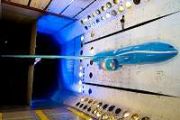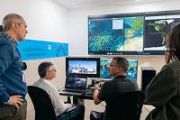
Copernical Team
China's space refueling vehicle makes debut at Airshow China 2021
 A space refueling vehicle built by China made its debut at the ongoing 13th China International Aviation and Aerospace Exhibition (Airshow China 2021).
The refueling vehicle has been developed by the Shanghai Academy of Spaceflight Technology (SAST) under the China Aerospace Science and Technology Corporation.
Lifespans of satellites could be extended thanks to the space refueling ve
A space refueling vehicle built by China made its debut at the ongoing 13th China International Aviation and Aerospace Exhibition (Airshow China 2021).
The refueling vehicle has been developed by the Shanghai Academy of Spaceflight Technology (SAST) under the China Aerospace Science and Technology Corporation.
Lifespans of satellites could be extended thanks to the space refueling ve Endurosat and Exolaunch announce launch agreements for Spacex Falcon 9 Rideshare Missions
 EnduroSat and Exolaunch have signed f launch agreements for sending two EnduroSat NanoSats into orbit aboard SpaceX's Falcon 9. The 6U XL SharedSat nanosatellites, built by EnduroSat for its customers, will be launched via Exolaunch in H1 2022 as part of SpaceX's SmallSat Rideshare Program.
The SharedSats are 6U XL NanoSats with several multi-purpose payloads on a single bus. By simplifyin
EnduroSat and Exolaunch have signed f launch agreements for sending two EnduroSat NanoSats into orbit aboard SpaceX's Falcon 9. The 6U XL SharedSat nanosatellites, built by EnduroSat for its customers, will be launched via Exolaunch in H1 2022 as part of SpaceX's SmallSat Rideshare Program.
The SharedSats are 6U XL NanoSats with several multi-purpose payloads on a single bus. By simplifyin USNC-Tech team wins contract to develop nuclear thermal propulsion system for NASA
 Idaho National Laboratory has selected USNC-Tech and its partners to develop a nuclear thermal propulsion (NTP) reactor concept design for space exploration: the Power-Adjusted Demonstration Mars Engine (PADME) NTP engine.
This effort, one of three selected by the government team, is a step toward the manufacture and demonstration of safe, affordable, reliable, high-performance NTP engines
Idaho National Laboratory has selected USNC-Tech and its partners to develop a nuclear thermal propulsion (NTP) reactor concept design for space exploration: the Power-Adjusted Demonstration Mars Engine (PADME) NTP engine.
This effort, one of three selected by the government team, is a step toward the manufacture and demonstration of safe, affordable, reliable, high-performance NTP engines Russian crew blast off to film first movie in space
 A Russian actress and director blasted off to the International Space Station on Tuesday in a historic bid to best the United States to film the first movie in orbit.
The Russian crew is set to beat a Hollywood project that was announced last year by "Mission Impossible" star Tom Cruise together with NASA and Elon Musk's SpaceX.
Actress Yulia Peresild, 37, and film director Klim Ship
A Russian actress and director blasted off to the International Space Station on Tuesday in a historic bid to best the United States to film the first movie in orbit.
The Russian crew is set to beat a Hollywood project that was announced last year by "Mission Impossible" star Tom Cruise together with NASA and Elon Musk's SpaceX.
Actress Yulia Peresild, 37, and film director Klim Ship Russia film crew set to blast off to make 1st movie in space
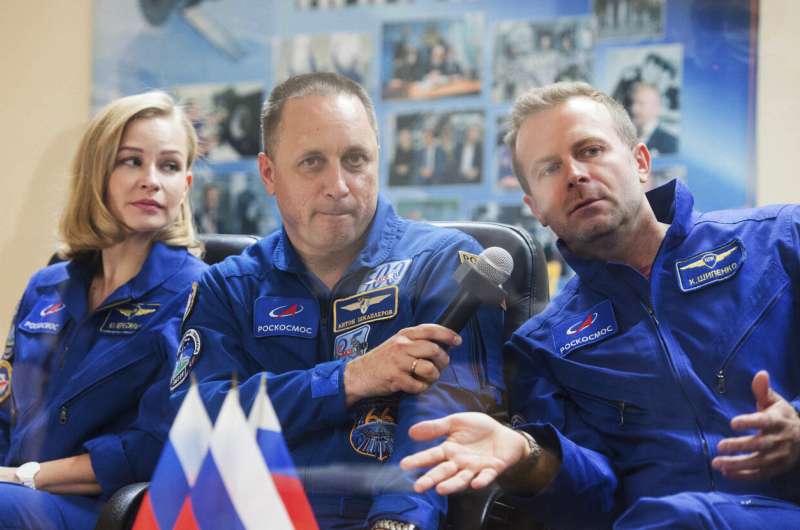
Science of Psyche: Unique asteroid holds clues to early solar system
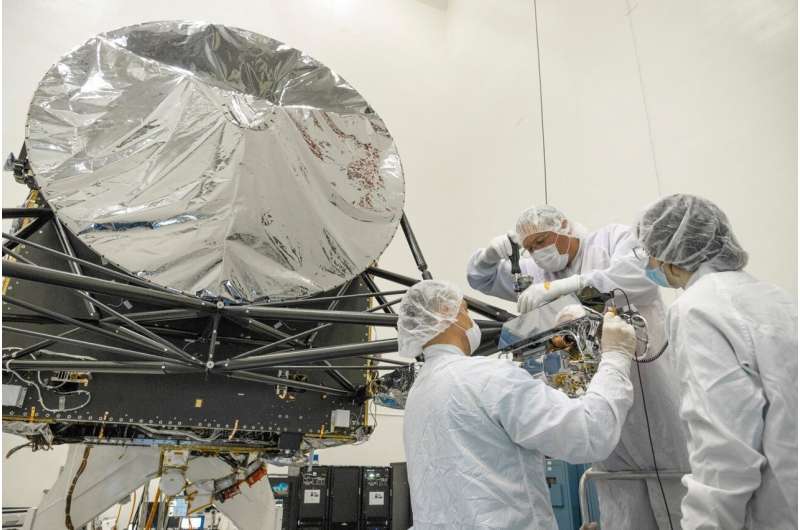
Set to launch next year, NASA's Psyche mission marks the first time the agency has set out to explore an asteroid richer in metal than rock or ice.
More than 150 years have passed since novelist Jules Verne wrote "Journey to the Center of the Earth," but reality has yet to catch up with that science fiction adventure. While humans can't bore a path to our planet's metallic core, NASA has its sights set on visiting a giant asteroid that may be the frozen remains of the molten core of a bygone world.
Thomas Pesquet takes commanding role on Space Station
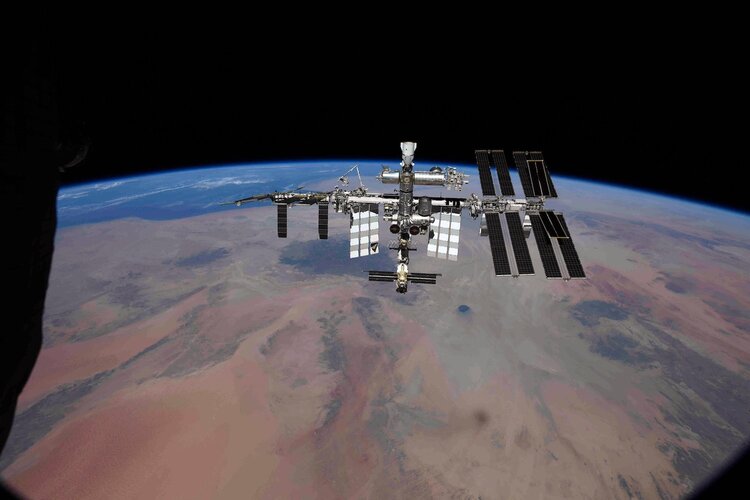
Today ESA astronaut Thomas Pesquet became commander of the International Space Station, taking over from Japanese Aerospace Exploration Agency astronaut and fellow Crew-2 member Akihiko Hoshide. Thomas will hold this role until shortly before Crew-2 return to Earth in November.
To boldly go: Star Trek's Shatner spacebound with Blue Origin

Blue Origin on Monday confirmed William Shatner, who starred as Captain James T. Kirk in the original Star Trek series, will fly to space October 12 aboard the company's crewed rocket, becoming the oldest ever astronaut.
"I've heard about space for a long time now. I'm taking the opportunity to see it for myself. What a miracle," said the 90-year-old Canadian actor in a statement.
The science fiction television show aired for only three seasons starting in 1966, but was hugely influential in popular culture and has spawned more than a dozen movies and several spin-off series.
It was notable for the utopian vision of its creator Gene Rodenberry, who imagined a future where by the 23rd century humanity had put aside its divisions and united with other peaceful space-faring civilizations.
First Russian film in space an 'experiment': director

Russian film director Klim Shipenko said Monday the first movie in orbit would be an "experiment," on the eve of his journey into space hoping to beat a rival Hollywood project.
The 38-year-old director and one of Russia's most famous actresses, Yulia Peresild, 37, are due to blast off from the Baikonur Cosmodrome, Kazakhstan at 0855 GMT on Tuesday to shoot scenes for upcoming Russian movie "The Challenge".
Russia's space agency Roscosmos is sending them into orbit with experienced cosmonaut Anton Shkaplerov, 49. Cosmonauts on board the International Space Station are expected to appear in cameo roles in the film.
The 12-day mission was announced in September 2020, four months after a Hollywood project involving "Mission Impossible" actor Tom Cruise was revealed.
"We are doing an experiment," Shipenko told reporters.
"There is nobody to get advice from. There is not a single cameraman who could answer how to work with light from a porthole," he told an online news conference.
On top of directing, he will also be handling the cameras, lighting, sound and make-up.
Shipenko conceded that "some things will work out and some things will not".
Space physician training course: call for applications

Are you a qualified physician? Would you like to gain insight into the field of space medicine? ESA is once again seeking medical doctors for its out-of-this-world training course and this is your chance to apply.


































